Lifestyle
Effortlessly Embrace Your Gray: Hairstylists Reveal the Ultimate Blending Technique

As the trend of embracing natural gray hair continues to gain momentum, many are inspired by celebrities like Kathy Bates and Meryl Streep, who have confidently showcased their silver locks on the red carpet. However, transitioning to gray hair isn’t always a straightforward process. The journey involves an adjustment period, as the hair doesn’t transform into a uniform gray overnight.
Celebrity hairstylist Christopher Naselli, owner of Naselli & Co. salon, acknowledges the challenges of going gray. “Going gray isn’t always easy for people—gray hair will change skin complexion and change your personal style,” he explains. To ease this transition, Naselli suggests incorporating lowlights, a technique that blends gray hair without completely covering it.
“Lowlights are a great way to ease into the process,” Naselli advises. This technique involves darkening strands of hair with a color similar to or darker than your natural shade, creating dimension and a seamless blend with your grays. Unlike highlights, which lighten hair, lowlights add depth and can give the appearance of thicker hair.
Finding the right lowlight shade is crucial. “When looking for the right tone, just match your natural level to the lowlight,” Naselli suggests. It’s important to avoid creating too much contrast, aiming instead for a softer, natural blend. Skin tone also plays a role in determining whether warmer or cooler lowlights are more suitable.
Lowlights are particularly effective for those with blonde to medium brown hair. For individuals with very dark hair, blending gray may require a different approach, such as a single process dye treatment. Consulting with a stylist can help determine the best strategy based on the amount of gray present.
Guy Tang, a celebrity hairstylist and founder of #Mydentity, emphasizes the subtlety of lowlights. “Don’t go too dark,” he advises, recommending demi-permanent or semi-permanent dyes for a natural look. This approach allows for a gradual transition to gray or a way to maintain some of your original hair color.
For those considering lowlights, Naselli recommends discussing your goals with your stylist. “Be clear on your style and color goals; you might not be ready for the full commitment of letting your hair naturally grow out and committing to a full head of gray hair,” he says. Lowlights offer a low-maintenance option that grows out naturally and can be easier to manage than highlights.
To maintain lowlights, using products designed for color-treated hair is essential. “The best way to maintain lowlights is by using the right products that ensure hydration and smooth, shiny hair,” Tang advises. A moisturizing and strengthening formula can help reduce breakage, while a gentle purple shampoo can combat any unwanted yellow or brassy tones.
Alternatively, some may choose to let their gray hair grow out naturally. Tina Deeke, a colorist at Maxine Salon in Chicago, suggests a gradual transition by extending the time between color appointments. “I usually try to have clients wait longer than usual for their color so I have more of the natural growth exposed,” she notes. Switching from permanent to demi-permanent color can also create a blending effect, making gray hair appear highlighted.
Ultimately, transitioning to gray hair is a personal journey, and lowlights offer a versatile and subtle way to embrace your natural color while maintaining a polished appearance.
Let us know what you think, please share your thoughts in the comments below.

Lifestyle
Discover the Best Sleep Positions for a Healthy Heart and Body
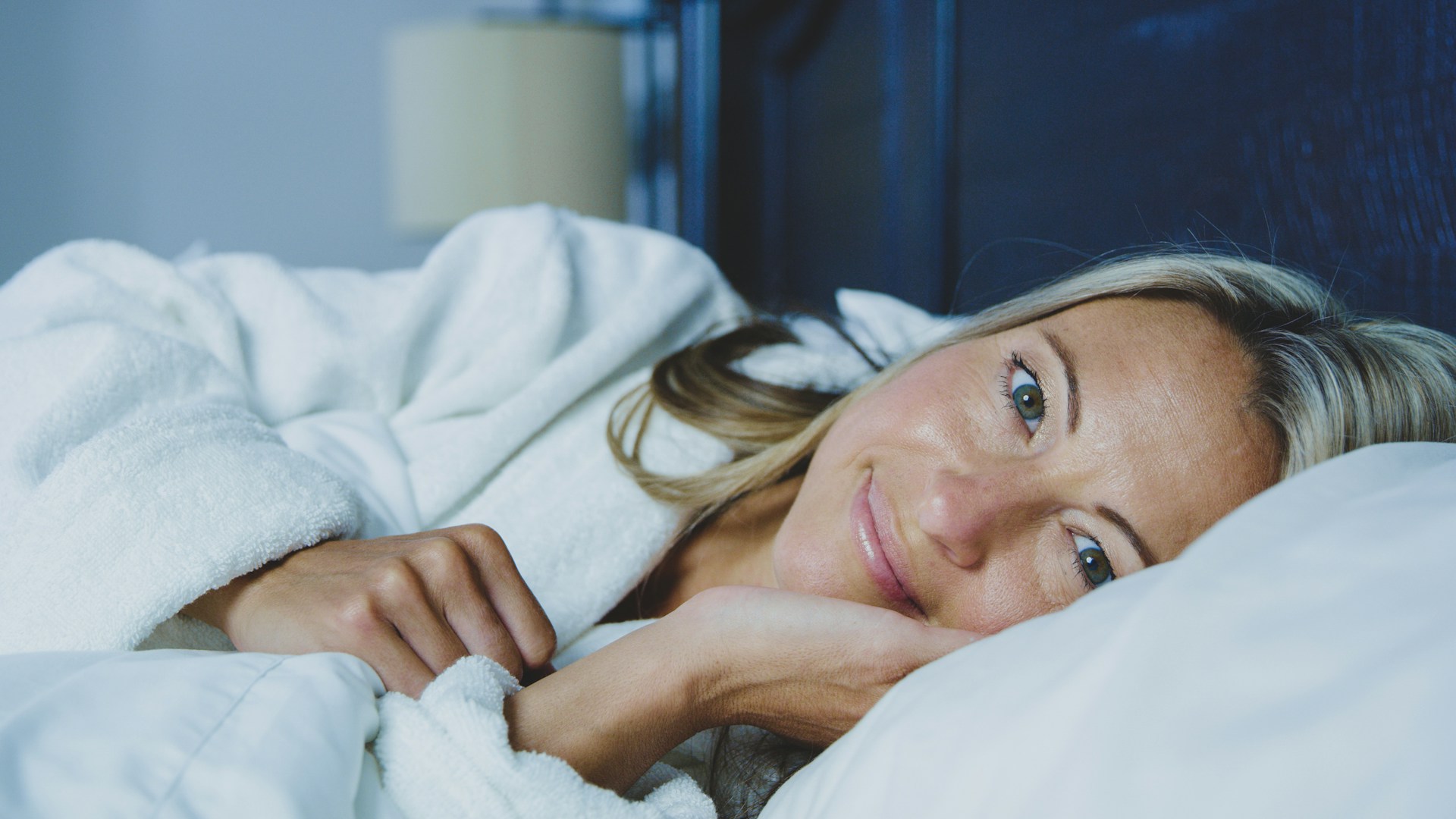
When it comes to optimizing sleep positions for heart health and overall well-being, the debate often centers on which side is best. Various studies have explored the impact of sleeping positions on heart function and other health aspects, revealing intriguing insights.
Sleeping on the left side has been linked to potential benefits for individuals with acid reflux and gastroesophageal reflux disease (GERD). A study conducted in 2022 highlighted that those who slept on their left side experienced significantly shorter periods of acid exposure and faster esophageal clearance compared to those who slept on their right side.
However, the same position might pose concerns for heart health. Research indicates that sleeping on the left side can cause changes in the heart’s electrical activity, although these changes do not affect the heart’s function but rather the data collection process. This phenomenon is attributed to the heart’s repositioning, not an irregular heart rhythm.
The right side sleeping position, on the other hand, shows minimal changes in ECG readings. Researchers found that in this position, the heart is stabilized by the mediastinum, a thin layer of tissue between the lungs. This suggests that right-side sleeping might be a safer option for heart health.
The ongoing debate about whether left or right side sleeping is better for the heart is not new. Some experts suggest that right-side sleeping could compress the vena cava, a major vein feeding into the heart. However, there is currently no evidence linking right-side sleeping with an increased risk of heart failure.
A study involving participants with dilated cardiomyopathy, a heart muscle disease, found that many preferred sleeping on their right side. This preference might stem from the comfort and stability this position offers.
Ultimately, the choice of sleep position may depend on individual health needs and comfort. As research continues, it remains essential to consider personal health conditions and consult healthcare providers for tailored advice.
Let us know what you think, please share your thoughts in the comments below.
Lifestyle
Discover the Surprising Reason Behind Your Yellowing Nails
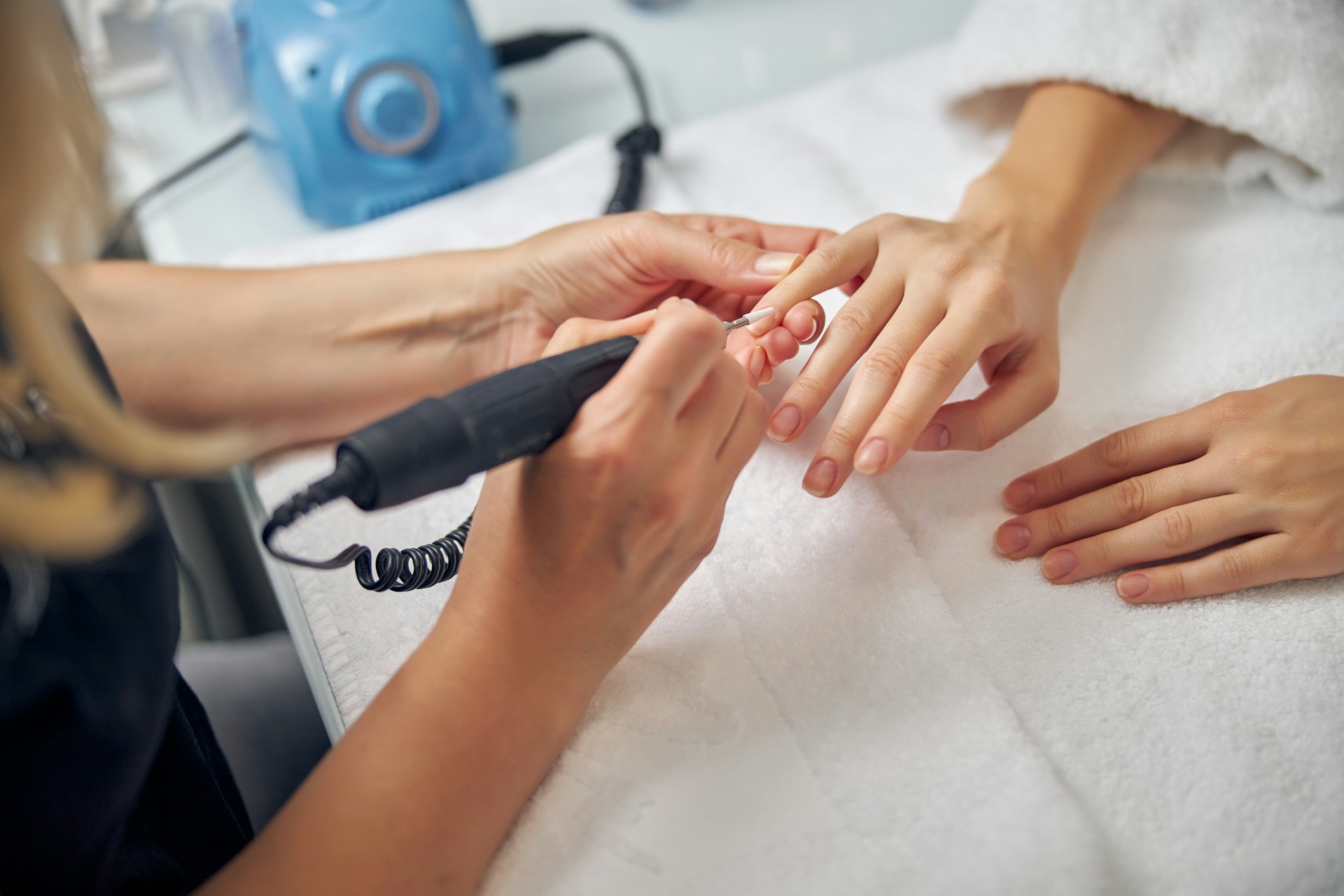
When you look at your hands and notice your nails have taken on a yellow hue, it can be quite alarming. However, there are several reasons this might happen, and understanding them can help you address the issue effectively.
Dr. Shereene Idriss, a board-certified dermatologist based in New York City, explains that nails are more porous than many people realize. This characteristic allows pigments from nail polish, especially darker shades, to be absorbed, leading to a yellowish tint. “The iron oxides in those polishes become oxidized and result in the temporary yellow-rust like color that will eventually resolve,” she notes.
To prevent this type of staining, Dr. Idriss advises using a clear base coat before applying deeply pigmented polishes. Additionally, she suggests removing nail polish after about a week and occasionally allowing your nails to go polish-free.
Another potential cause of yellow nails is fungal infections, particularly if you frequently use public showers without wearing protective footwear. “There’s definitely a fungus among us, especially when walking barefoot in the locker room,” Dr. Idriss warns. Fungal infections can turn nails yellow-green and make them brittle. If you suspect a fungal infection, consulting a dermatologist is crucial, as treatment varies based on the infection’s source.
Beyond cosmetic reasons, yellow nails can also indicate more serious health issues. Dr. Idriss mentions that chronic lung disease, poor liver function, and smoking can lead to nail discoloration. “Certain vitamin deficiencies such as B-12 and zinc can also lead to nail discoloration over time,” she adds.
In rare cases, yellow nails may be a sign of “yellow-nail syndrome,” a hereditary condition associated with middle age. This syndrome not only affects nails but also causes leg swelling and respiratory issues. “Treating the underlying lung issues and leg swelling is of crucial importance to your health,” Dr. Idriss advises, though she notes that nail color may not revert due to genetic factors.
Dr. Marisa Garshick, another board-certified dermatologist, emphasizes the importance of identifying the cause of yellow nails to determine the appropriate treatment. For polish-induced discoloration, she recommends avoiding dark colors and allowing nails to breathe. Nail brighteners containing ingredients like vitamin E and lemon extract can also help.
For fungal infections, antifungal treatments are essential. In contrast, managing yellow nail syndrome involves addressing associated symptoms rather than the nail discoloration itself.
Diet can play a role in maintaining nail health. Dr. Garshick suggests incorporating foods rich in vitamin E, such as avocado and almonds, into your diet. Regular moisturization and minimizing nail trauma can also prevent yellowing.
While home remedies like vinegar soaks may help with mild infections, persistent issues should be evaluated by a healthcare professional. If home treatments are ineffective, it’s important to consult a doctor promptly.
Let us know what you think, please share your thoughts in the comments below.
Lifestyle
Unlocking Weight Loss: The Truth Behind the ‘Calories In, Calories Out’ Approach
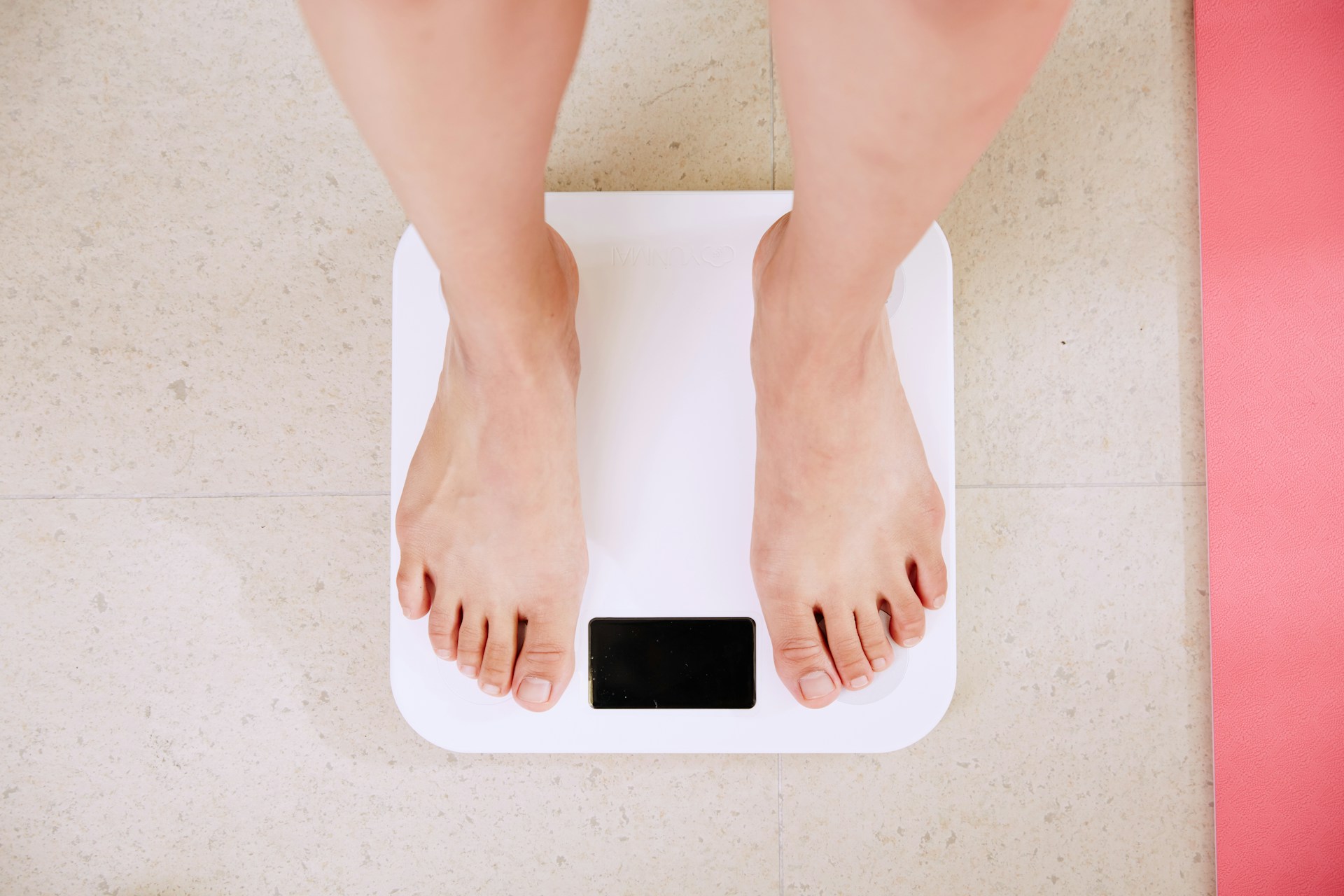
For years, the notion that weight loss boils down to a simple equation—consume fewer calories than you expend—has been widely accepted. This concept underpins the CICO diet, which stands for “calories in, calories out.” However, the intricacies of weight management extend far beyond mere calorie counting.
The CICO approach is not tied to any specific book or celebrity endorsement. It operates on the straightforward logic that weight loss occurs when you consume fewer calories than you burn, while weight gain happens when the opposite is true. To achieve weight loss, followers of the CICO diet aim to maintain a calorie deficit. For instance, if your daily intake is 3,500 calories, reducing it by 500 calories per day could theoretically lead to losing a pound per week. Alternatively, incorporating exercise to burn additional calories can also help maintain this deficit.
Despite its apparent simplicity, the CICO model doesn’t consider various factors influencing weight management, such as genetics, hormonal balance, diet quality, medications, and stress levels. These elements can significantly impact individual weight loss experiences, making it challenging to predict weight changes solely based on calorie calculations.
While the theory suggests you can eat anything within your calorie limit and still lose weight, real-life application is more complex. People often use calorie counter apps to stay on track with the CICO diet, but managing weight through calorie restriction isn’t straightforward.
Calories indeed matter in weight management, but not all calories are equal. Calories are the energy derived from food, whether it’s an orange, orange juice, or orange soda. However, the processing of food can affect weight management outcomes.
A study compared diets based on processed foods with those based on whole foods, both offering equivalent calories and nutrients. Participants on the processed food diet consumed about 500 more calories and gained approximately two pounds over two weeks. This discrepancy might be due to faster eating and delayed satiety signals associated with processed foods. For example, a chewy granola bar may be consumed more quickly than a bowl of oatmeal, which feels more filling.
In the United States, a significant portion of calorie intake comes from ultraprocessed foods, such as sodas and packaged snacks. Studies indicate that these foods may contribute to unintentional weight gain and adverse health effects like elevated blood pressure and cholesterol levels.
Critics of the CICO model argue that it assumes uniform calorie absorption, which isn’t accurate. The body processes calories from whole foods differently. Research shows that adults consuming more whole grains tend to have lower body weights, possibly because calories from whole grains are not absorbed as efficiently as those from refined grains. Similarly, studies on almonds suggest that fewer calories are absorbed from nuts than expected, contributing to healthier body measurements.
Certain foods offer more satiety per calorie. The satiety index ranks foods based on how filling they are per calorie. For instance, boiled potatoes are seven times more filling than croissants. Similarly, fish is more filling than beef or eggs, and oatmeal surpasses bran cereal in satiety.
Focusing on calorie needs and understanding how different foods affect satiety can be more effective than solely counting calories. Managing appetite with filling foods that align with caloric needs aids in weight management and hunger control.
Liquid calories pose a unique challenge, as the body doesn’t register them as effectively as calories from solid foods. Beverages like sodas and sweetened coffee drinks may not satisfy hunger, leading to a calorie surplus. This is because stomach nerves assess fullness based on stomach stretch, which is less pronounced with liquids.
The CICO diet’s simplicity is both an advantage and a disadvantage. It allows flexibility, permitting any eating pattern, such as gluten-free or low FODMAP diets, while adhering to calorie guidelines. Monitoring weight can enhance weight loss success, and tracking dietary intake can highlight areas for improvement, such as fiber or vegetable consumption.
However, the CICO diet’s lack of emphasis on whole foods may overlook the benefits of nutrient-dense foods that promote health and satiety. Moreover, the focus on calorie tracking can induce stress and potentially lead to disordered eating.
The CICO diet doesn’t address emotional eating or the reasons behind food choices, such as stress-induced snacking or cravings after poor sleep. It also doesn’t teach mindful eating techniques, which can prevent overeating and aid in weight management.
While the CICO diet offers a straightforward approach to weight management, it may not account for the complexities of individual health and nutrition. Balancing calorie awareness with an understanding of food quality and eating habits may lead to more sustainable and healthful weight management.
Let us know what you think, please share your thoughts in the comments below.
-

 Health6 months ago
Health6 months ago17-Second Neuropathy Solution
-

 Nutrition10 months ago
Nutrition10 months agoThe Aging Secret of Vitamin D Unveiled
-

 Health1 year ago
Health1 year agoPreventing Falls and Injuries for Seniors
-

 Health5 months ago
Health5 months agoOncologist Reveals Top 5 Cancer Prevention Tips You Shouldn’t Ignore
-
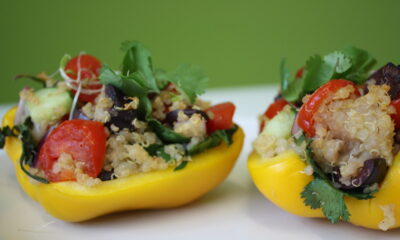
 Nutrition1 year ago
Nutrition1 year ago5 AMAZING Dinner Recipes That Are Also HEALTHY
-
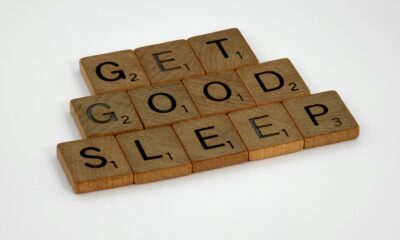
 Lifestyle6 months ago
Lifestyle6 months agoSleep Soundly with These 11 Expert-Approved Bedtime Routines
-

 Health11 months ago
Health11 months agoDownsizing Tips: Simplifying Your Lifestyle
-

 Lifestyle3 months ago
Lifestyle3 months agoMorning Habits That Could Add Years to Your Life